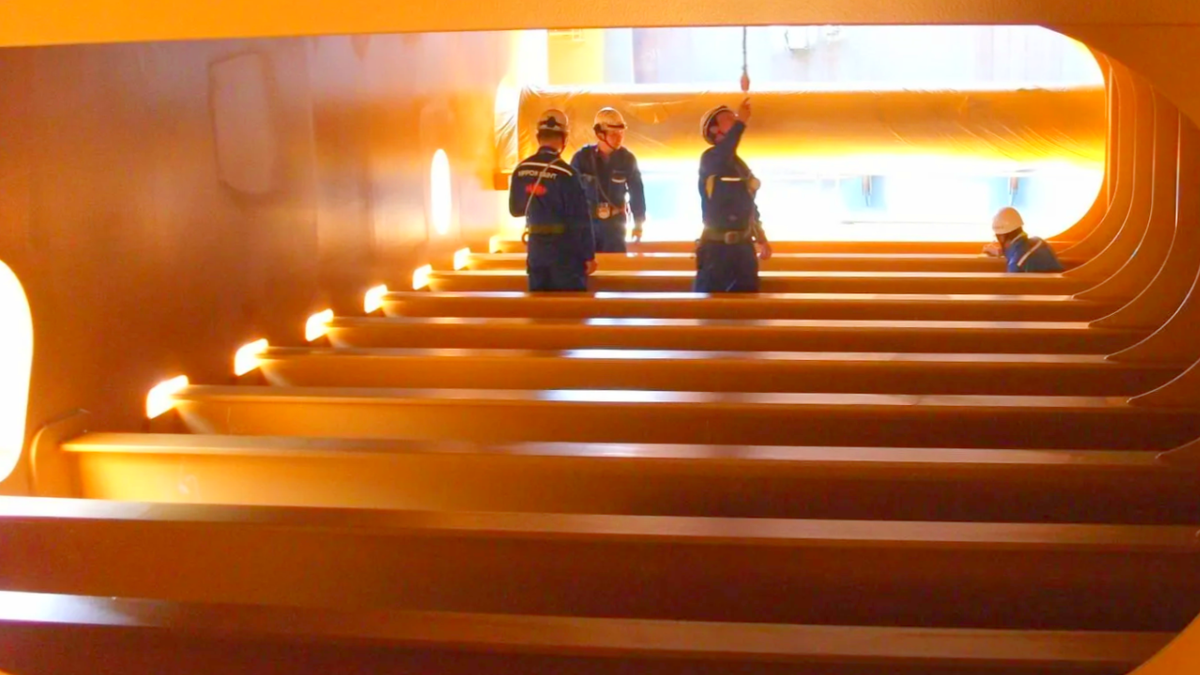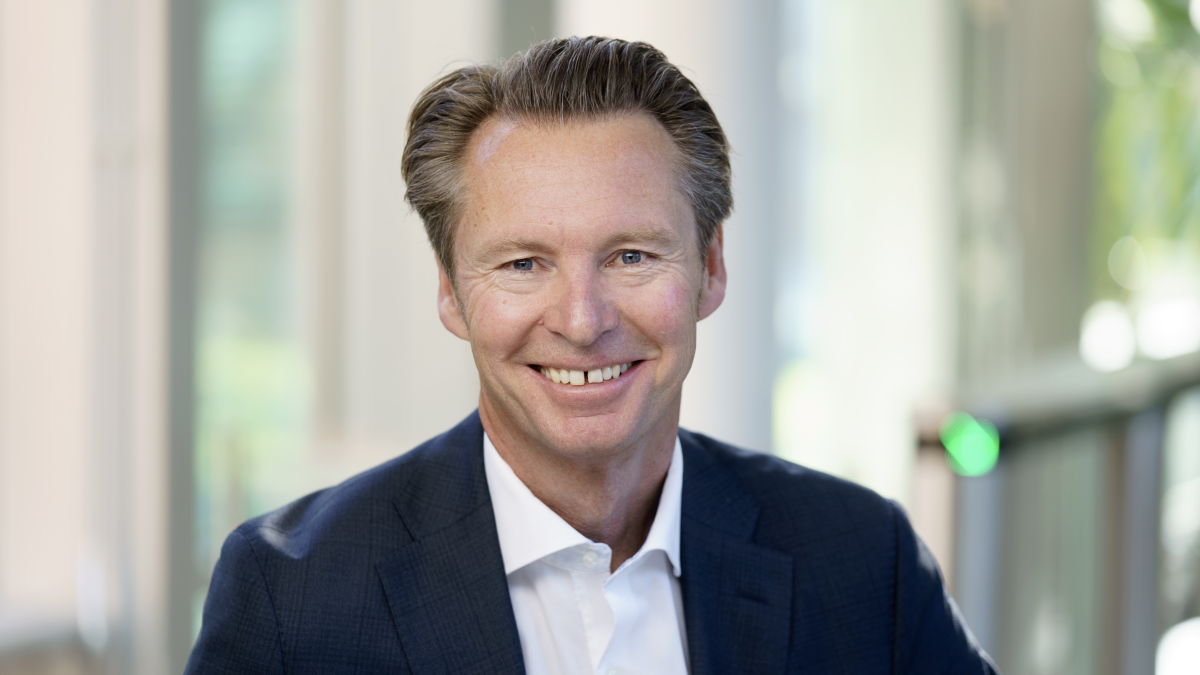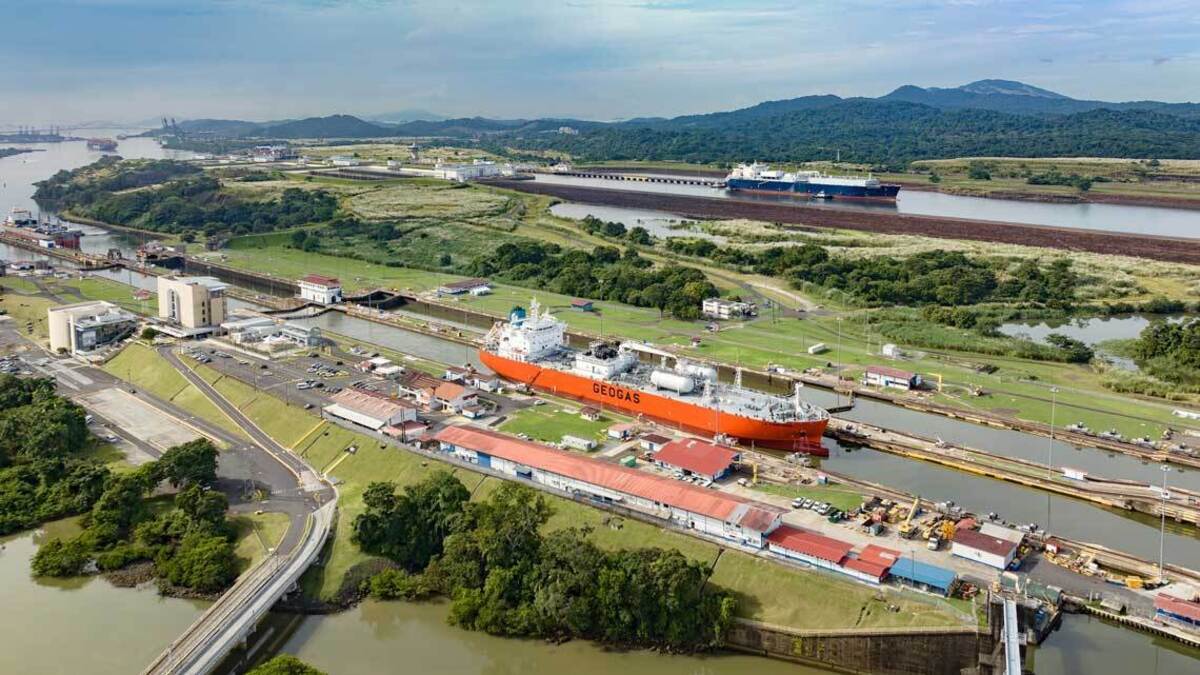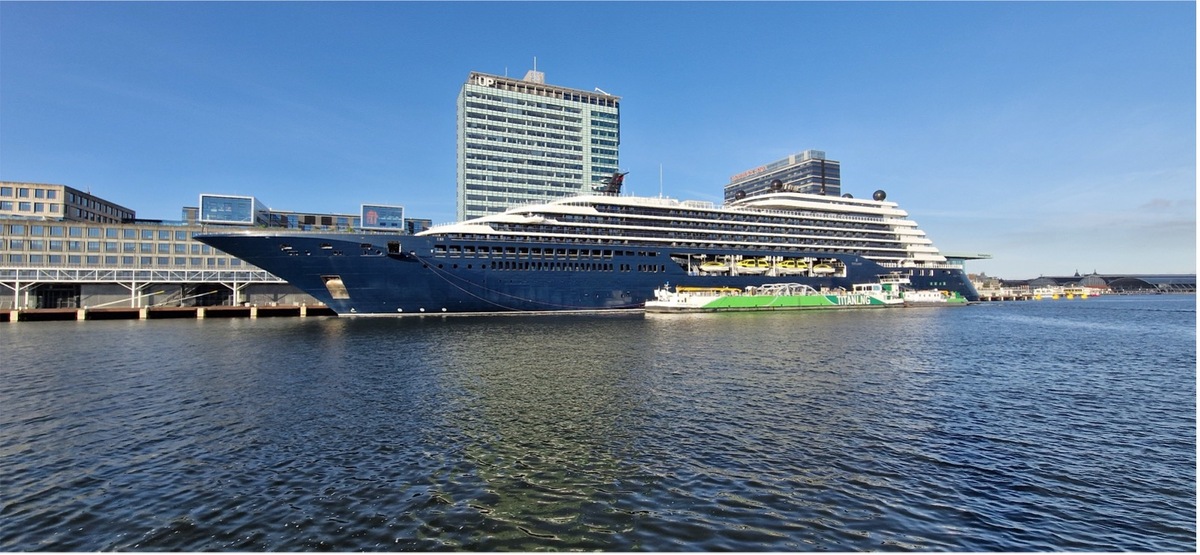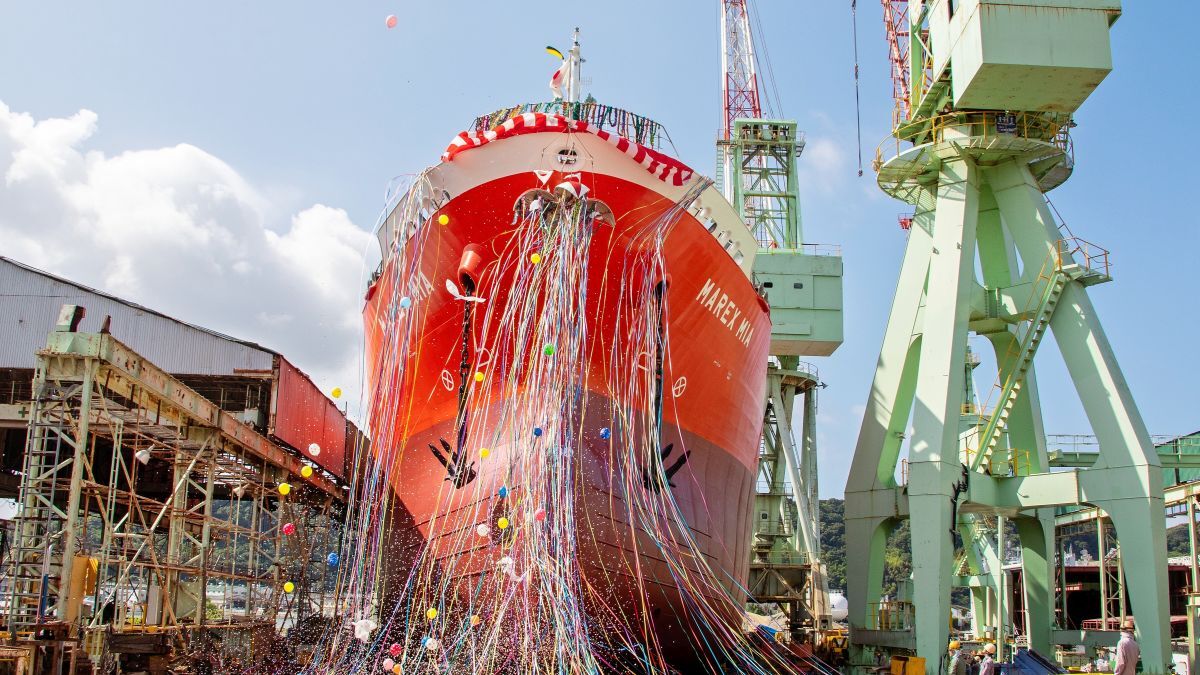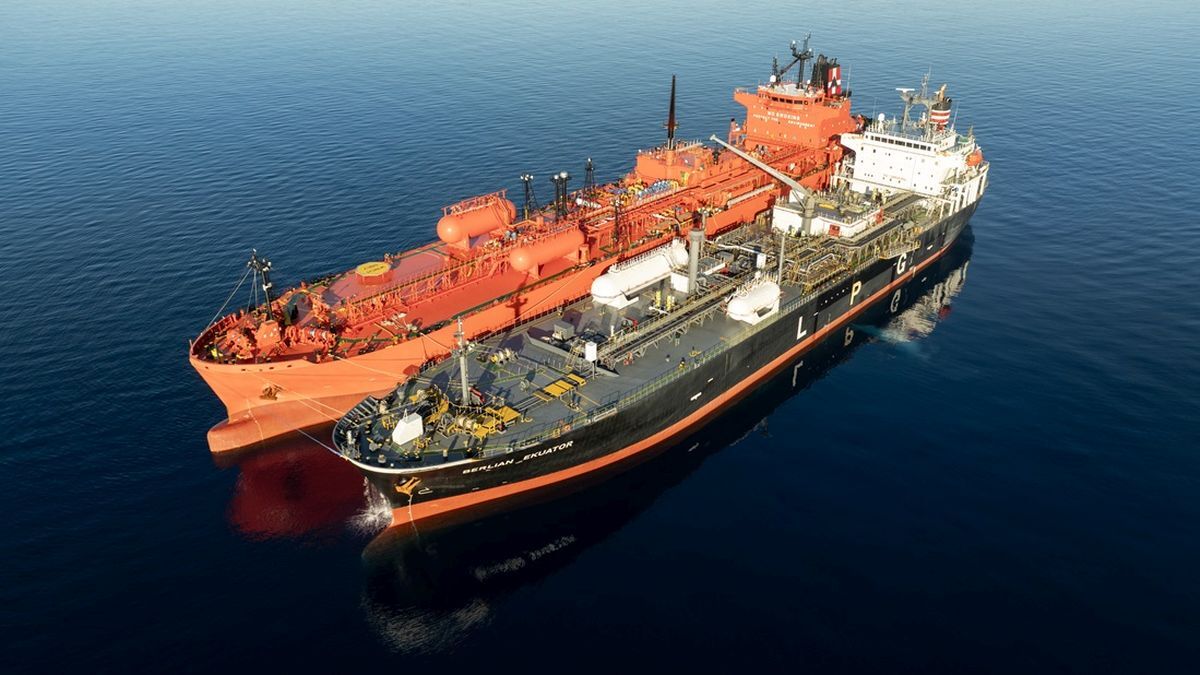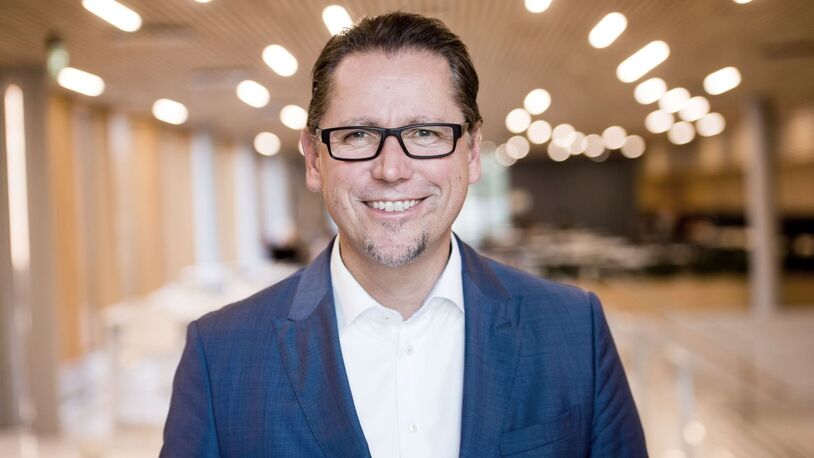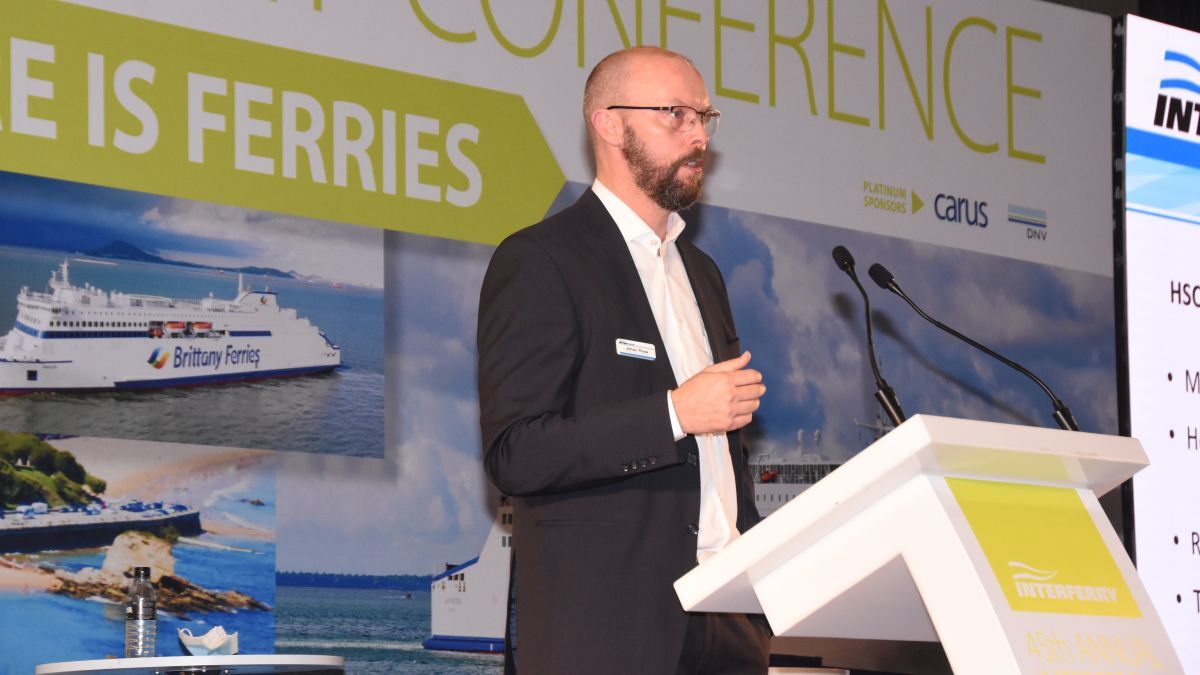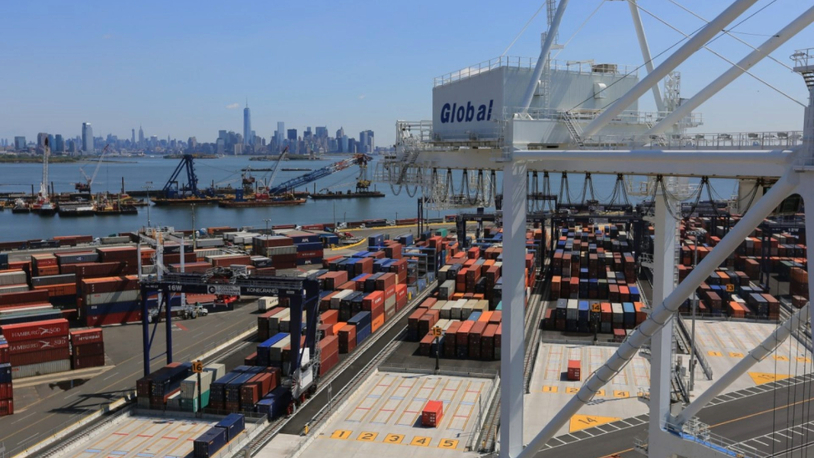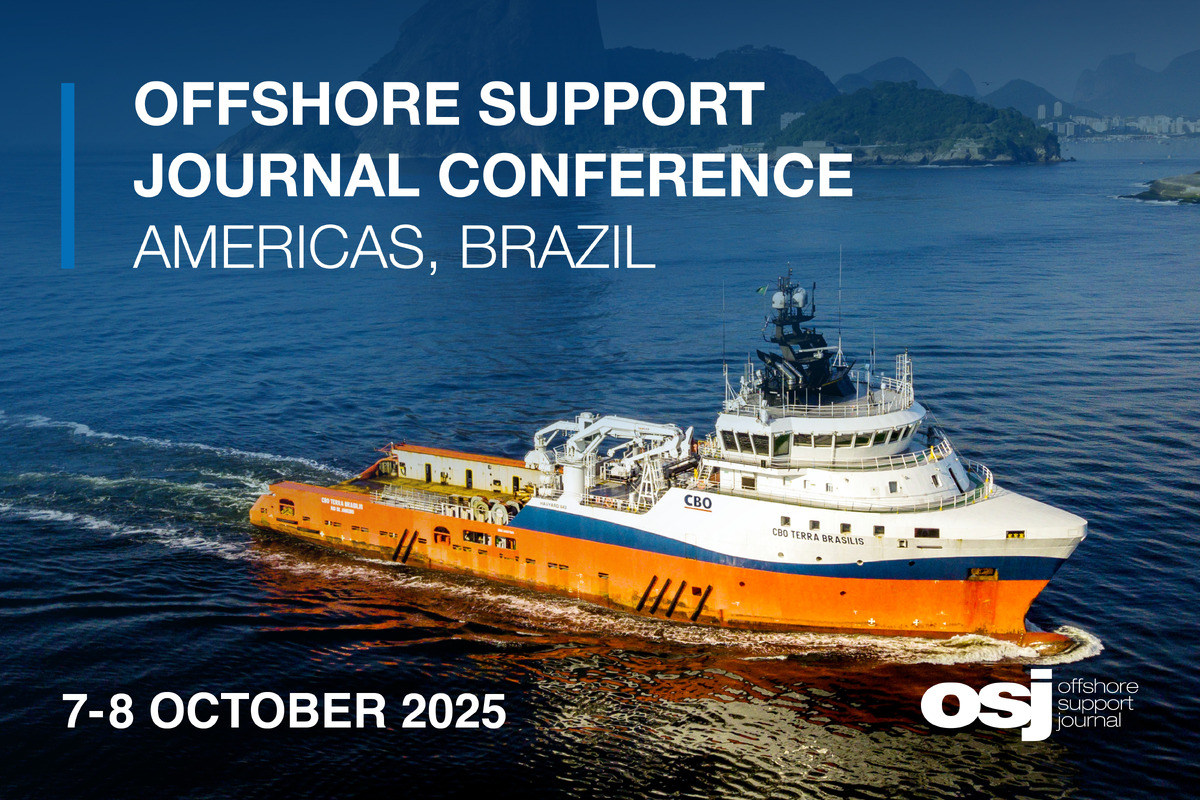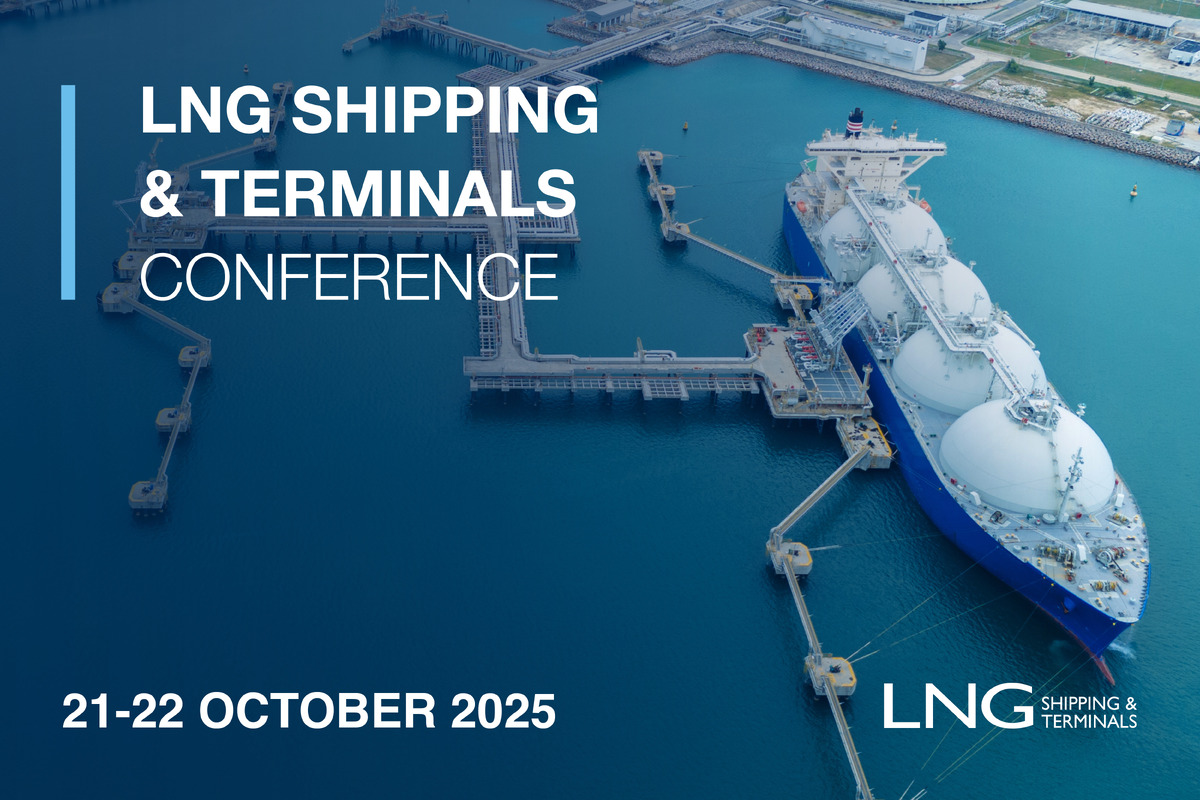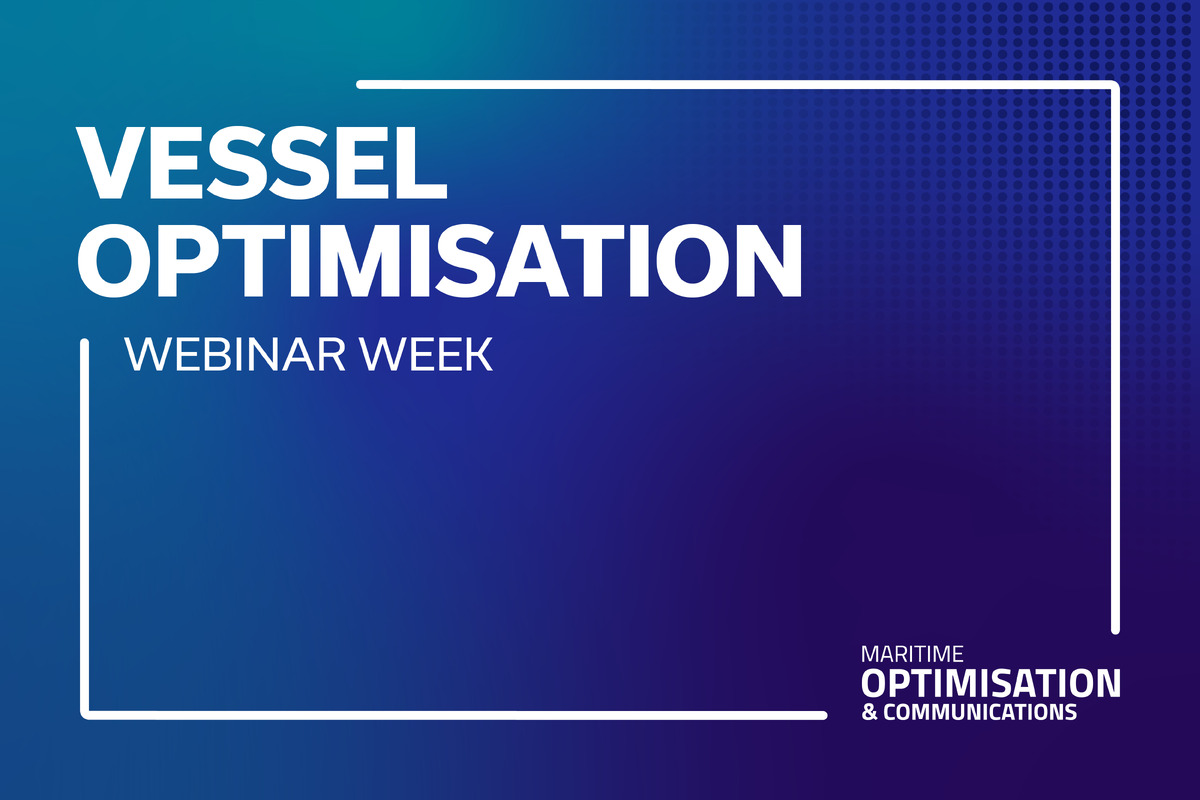Business Sectors
Contents
Register to read more articles.
Is energy use consequential in achieving ballast water compliance?
For years, the focus of ballast water treatment systems has been on compliance, but with the new era of shipping decarbonisation, how much does and should energy efficiency play a part? asks InTank BWTS business development executive Giles Candy of Giles Environment LLC
For 20 years, ballast water treatment has been a somewhat unwelcome and resisted aspect of the maritime industry. It is important to note there are significant exceptions to the general comments made here. But generally, achieving high-quality ballast discharge capable of protecting local ecosystems from the introduction of new aquatic species which can become permanent, destructive, invasions, has not been a priority for vessels and more alarmingly sometimes ballast water management system (BWMS) manufacturers.
IMO’s 2004 Ballast Water Convention and more recent 2012 US Ballast Water Laws were intended to protect local environments from the ever-increasing volume of ballast being discharged from ever-larger tanks which had travelled ever-faster across the ocean – all leading to an increasing likelihood of an individual ballast discharge causing a biological invasion. It is reported there are more than 240 established invasions in San Francisco Bay, over 20% of aquatic species in the Ports of Los Angeles/Long Beach could be invasive and even the relatively small port of Gijon Spain is subject to 18 non-indigenous species. Shipping is responsible for this significant worldwide issue and ballast discharge is a major cause.
Paperwork compliance, achieved by spending a huge amount on poorly performing BWMS, may be sufficient for now. However, the only way to achieve the meaningful protection intended by the ballast water laws is to apply a very significant level of treatment. The discharge standards are very high, 10 organisms per cubic metre for zooplankton. In context, certification testing requires starting at a minimum of 100,000 per m3. Unfortunately, the number and species of zooplankton can be carefully curated by a test facility. Testing natural waters through NEI’s now defunct VOS BWTS passed certification with up to 3,300,000 per m3, and InTank was tested with 2,000,000 per m3. Whatever the quality of BWMS testing, the vessel is legally required to meet the discharge standards.
The fundamentals of water treatment were established many decades ago, there is no magic to achieving the high discharge standards required, no silver bullets will appear. There are different applications of established treatment techniques, which can offer different energy profiles and operational benefits, but to achieve the discharge standards generally requires a significant level of treatment which, one way or another, requires a significant level of energy use.
All systems using filters will require energy to maintain a suitable pressure drop across the filter. Where higher levels of total suspended sediment (TSS) are encountered, increased energy will be required for both backwashing and increased pressure from the ballast pump and probably longer use of pump and BWMS as ballast flow is reduced.
Filterless systems will not use this additional energy for filtration. For context, BWMS are required to be tested at 50 mg / l TSS. The Shanghai Test for filters – an independent, more representative filter test – uses 1,000 mg / l TSS. Again, certification only represents a minimal qualifying criterion, but the vessel is still responsible for maintaining discharge compliance.
After filtration, most BWMS will use energy in either UV chambers or some form of chemical generation – usually electro chlorination (EC). Chemical dosing systems using bulk chemical will not use onboard energy for chemical generation. All BWMS are generally controlling their treatment intensity to match their certification criteria (system design limitations – SDLs), surprisingly, there is huge variation in SDLs.
The examples below are from USCG Type Approval Certificates and show chlorination systems have a baffling array of SDLs:
- The inline dosing JFE System uses 50-µm filters and 20-ppm total residual oxidants (TRO), 24 hours holding time.
- Panasonic; no filters, 12-ppm TRO and 24 hours holding time.
- DeNora; uses 40-µm filters, 7-15-ppm TRO and 24 hours holding time.
- Wärtsilä; uses 40-µm filters, 10-ppm TRO and 24 hours holding time.
- Erma First; uses 40-µm filter, 6-ppm TRO zero hours holding time.
- Even more confusing; HHI EC systems have certificates for 8-ppm TRO, 72-hrs holding time with a 50-µm filter and 8-ppm TRO 48 hours holding time WITHOUT a filter (not a typo).
UV systems offer similarly inconsistent SDLs:
- Alfa Laval is certified at 780W/m2, 20-µm filter, 22 hours holding time.
- Optimarin 600W/m2, 50-µm filter, 72 hours holding time.
- Panasia 900W/m2, 50-µm filter, 24 hours holding time.
- Wärtsilä use up to 1235W/m2, 40-µm filter and 36 hours holding time.
All these different type-approved SDLs mean BWMS have very different capabilities and different energy use. They will all work on clear Caribbean waters but how well will they do in Mississippi mud? And how much energy will they use?
Generally, UV systems have been installed in smaller applications and EC systems in larger. The larger EC systems may use more energy per hour, but UV systems usually treat during both ballasting and deballasting. The power use numbers presented below do not consider power used for filtration. Generally, finer filters will use more energy, a BWMS ballasting without a filter uses no additional filtration energy.
Like SDLs, energy usage varies widely: Wärtsilä provide UV and EC BWMS, both on the more capable end of the SDL scale. Two 3,300 m3/hr Wärtsilä EC systems installed on a VLCC with 100,000 m3 of ballast operating for 16 hours during ballasting would use 6.4 MWh of electricity. An Erma First unit would use 1.8 MWh. If the 500-m3/hr Wärtsilä UV system operated for 12 hours ballasting and 12 hours deballasting, a small vessel it would use 1.5 MWh of electricity, but the HHI 350-m3/hr UV system would only use 1 MWh for the same ballasting event.
There are genuine differences between system filtration quality, hold time and individual system efficiencies, but even considering those factors, these numbers are all over the map. Particularly understanding each system is type approved to satisfy the same discharge standards.
As compliance monitoring devices for ballast discharge are formally validated and IMO’s CII energy regulations make vessels more and more responsible for their energy use, owners are subject to a converging combination of requirements. Will their chosen BWMS provide discharge compliance in the waters they choose to trade in and will the energy consumption of their BWMS significantly impact the vessel’s fuel use?
The estimated 350 l of fuel used by the Erma First BWMS during a VLCC ballasting event would seem manageable, the almost 1,250 l used by the Wärtsilä system is more significant, but it is more powerful treatment which will give more confidence of discharge compliance.
Water treatment always requires energy. Balancing discharge compliance and energy efficiency against the quality of waters ballasted is going to be important. Making things easier is a new filterless BWMS. Using an established treatment (chlorination) in a fundamentally new operational approach, InTank treats ballast in the ballast tanks.
Filterless ballasting is followed by treatment in the ballast tanks. Treatment dose is automatically checked during the hold time and can be automatically increased (redosed) for challenging waters – assuring discharge compliance. Neutralisation is completed and recorded in the tank before discharge (TRO discharges are becoming an issue).
This can be a very energy efficient system too. If InTank FITT was installed on a mega box ship with 25,000 m3 of ballast it would treat at sea, potentially using a shaft generator, using approximately 3.2 MWh of power, a 1,000-m3/hr UV system would use about 7 MWh of power in port, plus energy for filtration.
As decarbonisation becomes a major focus for shipping, ballast water management has almost disappeared from the agenda. However, discharge compliance will be required. Owners will not only have to now operate previously dormant BWMS, but carefully assess the BWMS energy use. Careful analysis of the complex options will serve owners well.
Sign up for Riviera’s series of technical and operational webinars and conferences in 2023:
- Register to attend by visiting our events page.
- Watch recordings from all of our webinars in the webinar library.
Related to this Story
Events
Offshore Support Journal Conference, Americas 2025
LNG Shipping & Terminals Conference 2025
Vessel Optimisation Webinar Week
© 2024 Riviera Maritime Media Ltd.


